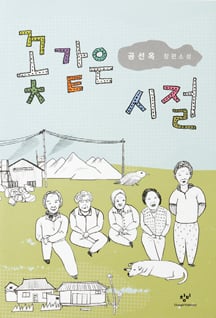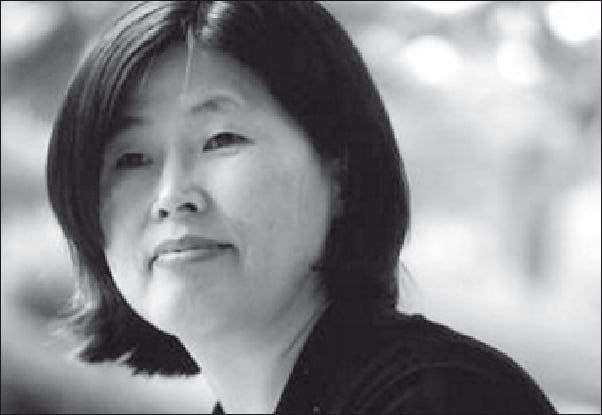
- Years like Flowers
- Published by: N/A
- Level: Intermediate
- First Published in: 2011
Author Sun-ok Gong takes a grey and concrete subject matter – a legal battle between a building stone company and a group of village residents – and makes it into something fluid and warm that everyone can relate to.

꽃 같은 시절 / Kkotgateun Shijul (Times like Flowers), by Sun-ok Gong, is a novel from 2011 dealing with urban development issues in the countryside. Ms. Gong takes a grey and concrete subject matter – a legal battle between a building stone company and a group of village residents – and makes it into something fluid and warm that everyone can relate to. This eco-feminist novel not only warms readers' hearts, but also offers great examples of Korean onomatopoeic words and provides a new perspective on modern Korean history. The author ties all of these concepts together to create a masterpiece of magical realism (a literary genre in which realistic settings are broken up by instances of magic).
"Ms. Gong takes a grey and concrete subject matter and makes it into something fluid and warm that everyone can relate to."
Throughout, there are frequent and vivid natural images and sounds. Some passages describe the conventional “woof” of a dog, while others are more imaginative, expressing the crying of an earthworm: “닝꽁닝꽁 / NingKkong-NingKkong.” Some scenes include more cliché examples of onomatopoeia, like “쿵쿵 / Koong-Koong” (the sound of crushing boulders from the building stone factory) and “초롱초롱 / Chorong-Chorong” (the twinkling of a child’s eye). It is conventional to use onomatopoeia to describe things unrelated to nature, and the aforementioned words, “Koong-Koong” and “Chorong-Chorong,” are as common as the “woof” of a dog. However, Ms. Gong makes up her own onomatopoeic terms to describe magical realist figures, like the goofing around of sparrows (뽀시락 뽀시락 / Bboshirak-Bboshirak) and the dance of a spider (대롱대롱대롱 / Daerong-Daerong-Daerong).

These sounds comfort the main character 영희 (Yung-hee) in times of distress as she leads the village people against the building stone company. These magical elements, weaved into the otherwise plausible plot, provide the reader with an enlightened perspective on nature.
"By pointing out the parallels between the past and the present, the book underscores the stagnant state of nature and the neglect of women."
It should be mentioned that 영희 and her husband철수 (Chul-soo), the protagonists, have Korean names that are equivalent to John and Jane Doe in English-speaking countries. Their heroic acts, as they try to preserve the village, are highlighted all the more because of their ordinary names and statuses. The novel also makes frequent references to modern Korean history from the 1960s and 1970s, especially during the “새마을운동” (Saemaeul village reforms). By pointing out the parallels between the past and the present, the book underscores the stagnant state of nature and the neglect of women. It is along these lines that Ms. Gong argues for her eco-feminism. Readers interested not only in Korean language but also Korean culture and history will find this read touching and magical.
